What is TEMM DSS?

What is Dust and Sand Storms (DSS)
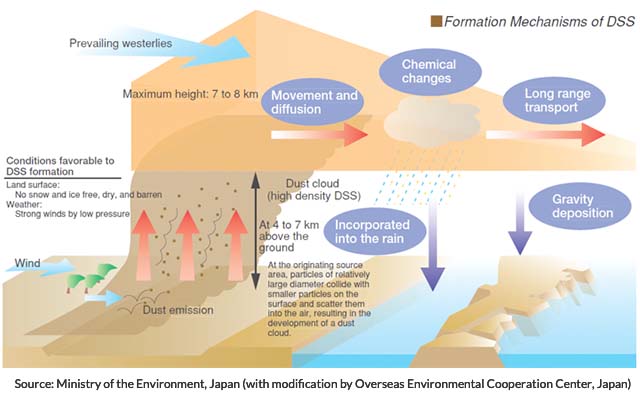
Dust and Sand Storms (DSS) is a disastrous seasonal phenomenon occurring in Northeast Asia for thousands of years.
Soil and mineral particles which are raised thousands of meters into the air in the arid and semi-arid regions in Asian Continent reach Japan over Mongolia, China and Korea by prevailing westerlies, suspending in the air or falling to the ground.
It is a natural process driven by the climate change, land use/cover change caused by the unreasonable human activities; especially, the expanding land desertification was the main reason.
Its causes, occurrence mechanism, transport route and control measures are very complicated. With the characteristics of long-range transportation, DSS is a common transboundary environmental problem throughout Northeast Asia, which is regarded as urgent challenges to be tackled.
What is TEMM DSS?
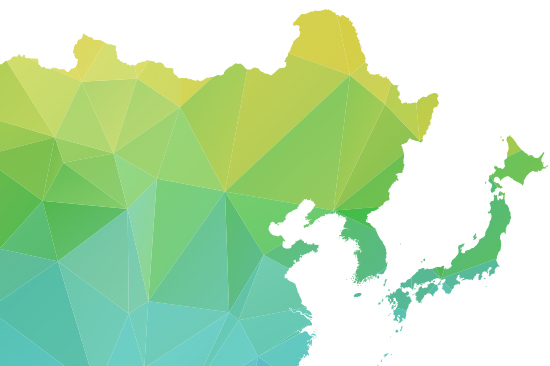
To play a leading role in environmental management in Northeast Asia, the Environment Ministers of the three countries, China, Japan and Korea, have been holding the Tripartite Environment Ministers Meeting (TEMM) every year since 1999, aiming to contribute to improve the environment on a global scale. The TEMM holds its ministerial meeting once a year in rotation among the three countries to promote dialogues and publish a joint communiqué. The TEMM sets eight priority areas and each of its cooperative projects is implemented according to the agreements at the ministerial meetings.
Launched as part of the first priority area “Air quality improvement”, the joint research on DSS has one of the longest history in the TEMM cooperation. Two working groups on DSS (WG I and WG II) consisted of selected researchers from China, Japan and Korea have been exchanging research outcomes on DSS every year since 2008.
TEMM DSS Joint Research
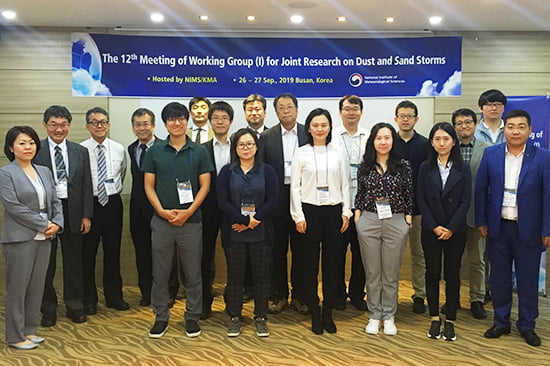
TEMM DSS WG I
The Working Group I (WG I) focuses on DSS monitoring and modelling to improve early warning systems of DSS and exchanges scientific data and the latest research outcomes. The experts in the WG I have also been producing research articles for international journals.
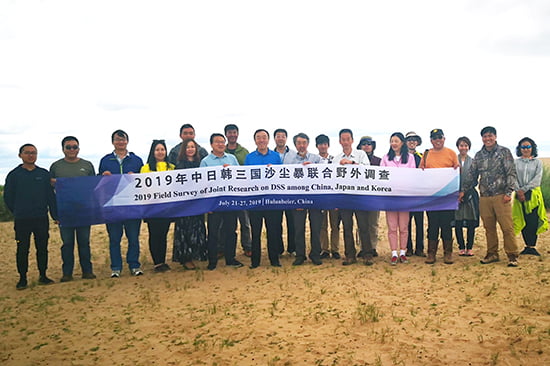
TEMM DSS WG II
The Working Group II (WG II) focuses on researches on countermeasures at the source areas of DSS. The experts in the WG II conducted joint field surveys in Inner Mongolia and experimented on possible countermeasures.
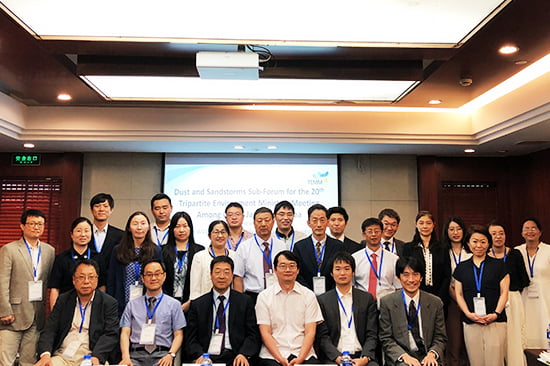
Collaboration Research
Both WG I and WG II invite researchers from Mongolia to the annual WG meetings to share the research outcomes.

